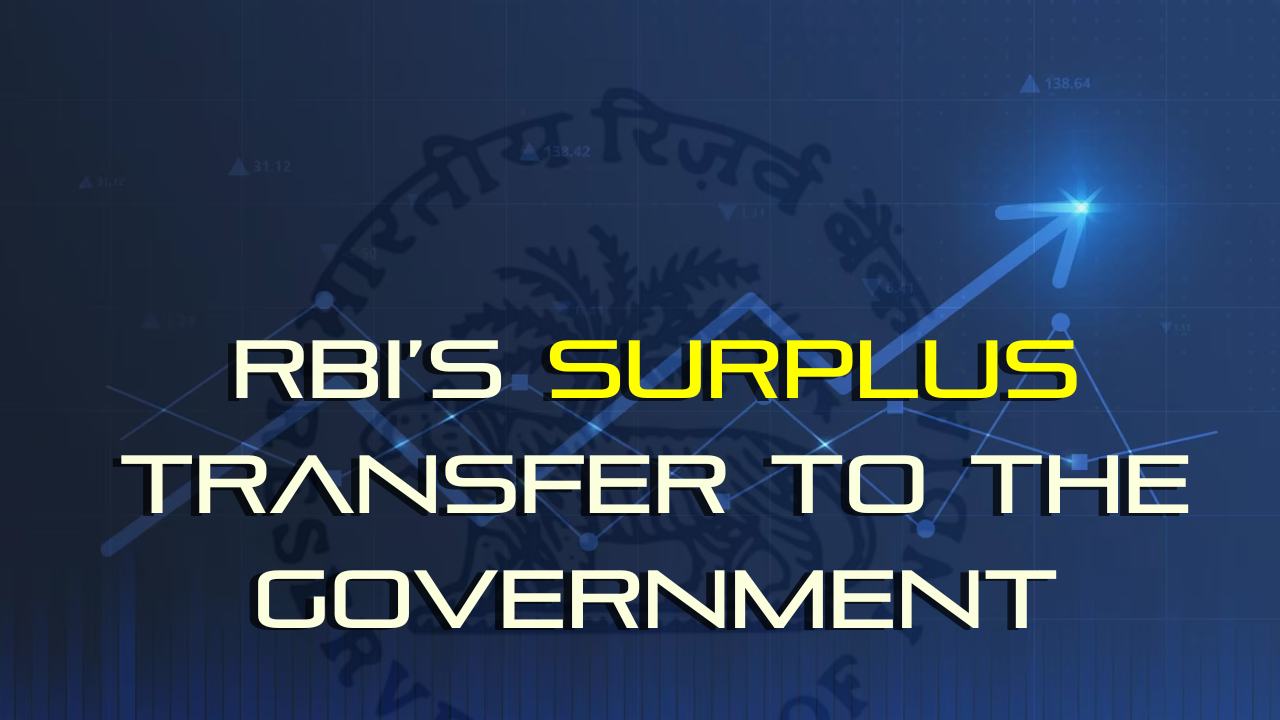Font size:
Print
Caller ID Spoofing & Measures to Address this Problem
What is Caller ID Spoofing?
- Caller ID spoofing is a technique where the phone number displayed on the recipient’s caller ID can be falsified. Technically, this process is relatively straightforward to execute.
- For example, you might receive a call from a number with your area code or a similar number.
- Sometimes, it appears as if the call is coming from your own number or name.
- Over the years, enthusiasts, telemarketers, and fraudsters have refined various spoofing methods.
- Malicious actors use caller ID spoofing to hide their identity during illegal activities. It facilitates social engineering attacks by exploiting the trust associated with the deceptive caller ID.
- Spoofing can bypass the standard call-blocking systems and exploit vulnerabilities in insecure Interactive Voice Response (IVR) systems.
- The technique is legal in many jurisdictions, leading to the emergence of commercial spoofing services. The first such service was introduced in 2004.
Efforts to Address Caller ID Spoofing:
- Cost Impact: Caller ID spoofing leads to revenue loss for telecom providers, financial harm to users, and complicates law enforcement investigations.
- International Efforts: The International Telecommunications Union (ITU) published a 2021 report suggesting Public Key Infrastructure (PKI) based authentication to combat caller ID spoofing.
- Telecom Regulatory Authority of India (TRAI) Recommendations: TRAI suggested implementing Calling Name Presentation (CNAP) to display caller names based on KYC documents, similar to apps like TrueCaller.
- DoT Initiatives: The Department of Telecommunications (DoT) has developed a system to identify and block international calls with manipulated Caller Line Identity (CLI) and has directed telecom operators to prevent such calls.
Government Inaction on Caller ID Spoofing:
- Telecommunications Act, 2023: Allows the Union Government to take control of telecommunication services during emergencies, including public safety issues.
- Criticised for potential surveillance overreach.
- Lack of Action: Despite the Act’s provisions, there has been no significant move from the government to address caller ID spoofing.
- Impact of Addressing Spoofing: Solving caller ID spoofing would reduce spam and fraud calls, protect revenue for telecom providers, and boost economic benefits for the government and public.
The Telecommunications Act, 2023: Ushering in a New Era of Connectivity:
- Historic Shift: Replaces colonial-era laws such as the Indian Telegraph Act, 1885, and Indian Wireless Telegraph Act, 1933, reflecting advancements in technology.
- Pillars of Progress: Samavesh (Inclusion), Suraksha (Security), Vriddhi (Growth), Tvarit (Responsiveness).
What is a Spam Call?
|



